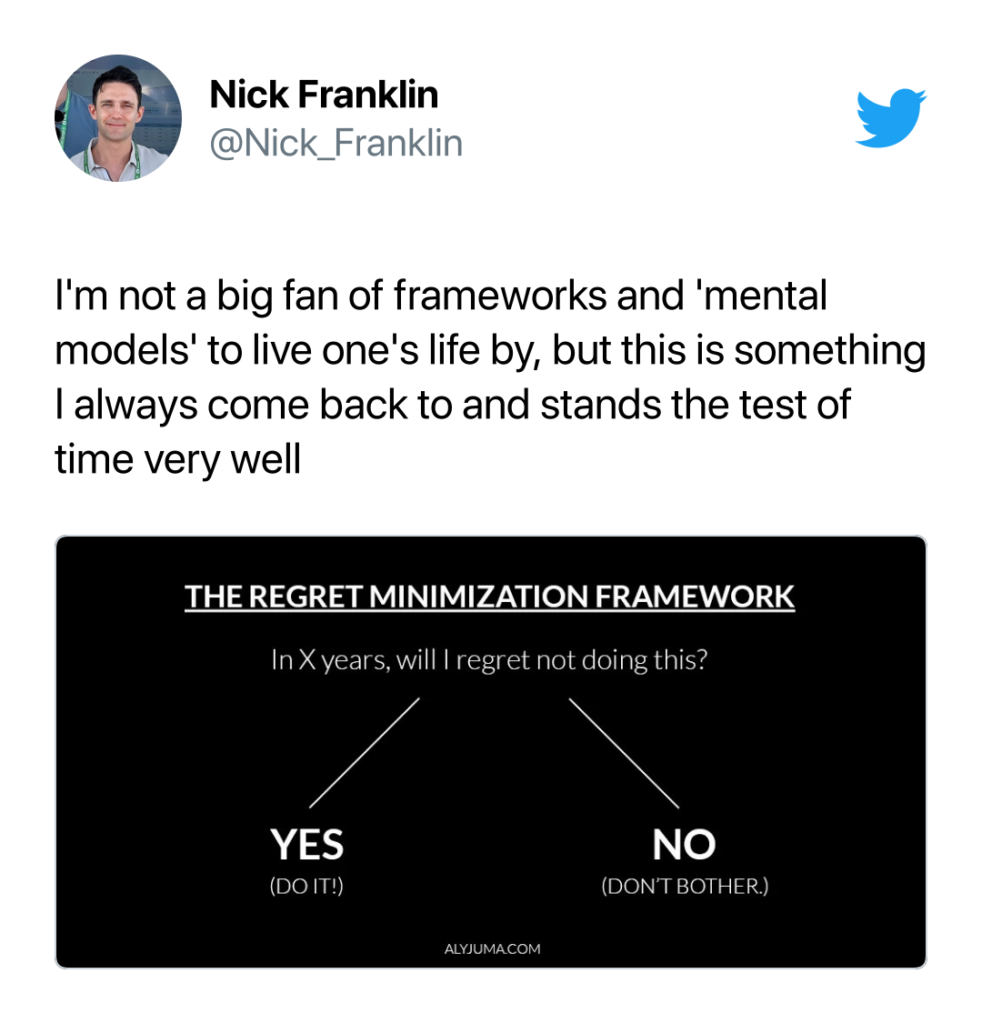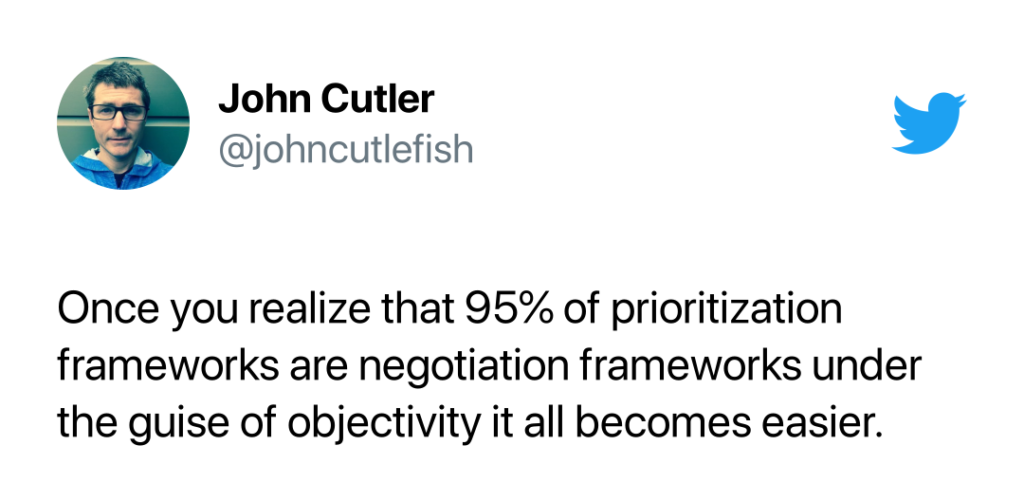Hey there. This is The Overview, a weekly roundup of noteworthy B2B SaaS stuff. You’ll find interesting thoughts, articles, and more from around the internet.
In this post:
Just build something people want
I love this phrase because it’s so often misunderstood.
The emphasis is not on “make something people want” – building a good product.
The emphasis should be on “make something people want” – understanding customer problems and delivering solutions.
Subtle, but it’s a difference.
And see any startup product manager or ‘indie maker’ influencer roll out this phrase and it’s all about the former: building a good product, fussing on the UX, thinking about the workflows, etc. And the advice on the latter part is just ‘make sure you’re solving a customer problem’. Helpful? No.
So, make something people want actually means:
- Understand their day-to-day role, not just the part that concerns your product area
- Understand their jobs, pains, gains, motivations, and deduce the value they desire (that they might not know themselves)
- Introduce unconventional wisdom that challenges or changes their perspective
- Understand their jobs-to-be-done and how they approach achieving outcomes
- Understand the journey they go on to investigate and buy solutions
- … and much more.
Simple, huh.
Regret minimization

I really like this framework for personal and work stuff, and it’s really relevant to my post this week about my word of the year: try.
Personally, life is for living! If you want to do something and don’t, you’ll be kicking yourself.
And at work, if you’re faced with a choice between a hard decision and an easy one, you’ve got to take the hard decision.
Prioritization = negotiation
This is so accurate. John hits the nail on the head – most prioritization frameworks are negotiation frameworks, under the guide of objectivity.
And in our WTF is Go-to-Market? course, Alicia and I teach the same thing for things like ICPs, personas, positioning, etc.
A lot of product marketing work is intangible – hypotheticals, what ifs, and broad blobs. If you can make it tangible – get assumptions on paper, start to find patterns, put some ranking towards them – you’re abstracting the emotion and strong thoughts into a more objective approach. If you didn’t, you’d still be left arguing – or, strongly negotiating – based on believes.
So, make your discussions tangible, and treat them like negotiations. You’re not aiming for objectivity – you’re testing to find the strongest bet that you can make.
Swipe File: Fundamentals of Product/Market-Fit
???? When you become a free Building Momentum subscriber, you get access to my exclusive product marketing swipe file! Click here to find out more.
PMF gets thrown around a lot, but what does it actually mean?
Enter this very comprehensive article – Fundamentals of Product/Market-Fit from Holloway.
Product-market fit (product-market fit or PMF) refers to the notion that there is a point at which a given market responds so positively to a company’s product that the product fits the market’s needs. A precise point at which fit has been achieved does not exist. Instead, product-market fit represents a continuum of traction that ranges from absolute clarity that a company does not have product-market fit to maybe they have product-market fit to experts disagree whether they have product-market fit all the way to it’s beyond all doubt they have product-market fit.
Thanks for reading! Let me know what you thought – find me on Twitter and LinkedIn.
P.S. If you’ve found value in Building Momentum, could you buy me a coffee? Here’s my tip jar – any support is gratefully appreciated!
P.P.S: If you enjoyed this post, will you share Building Momentum with your network?

